With Africa needing over US$77 billion annually to close existing education funding gaps, several countries are dedicating significant portions of their national budgets to the education sector. Here are the top 10 highest education sector spenders in Africa.
In April 2024, the African Union (AU) declared this year the ‘Year of Education,’ urging governments to ramp up efforts to achieve the UN’s Sustainable Development Goal 4—to “ensure inclusive and equitable quality education and promote lifelong learning opportunities for all.”
While countries require an additional US$77 billion annually to meet national education goals and deliver quality education, funding for education remains largely stagnant. Government spending on education as a percentage of GDP hovers at just 3.7% —a figure that has barely budged since 2012.
According to a 2024 analysis by UNESCO, nine of 49 African countries dedicate 20% or more of their public spending to education, 24 commit at least 15%, and six countries direct less than 10%.
The UNESCO analysis highlights sharp regional disparities in government contributions to education. For instance, government spending covers 76% of costs in SADC (Southern African Development Community) countries, 72% in the UMA (Arab Maghreb Union), and just 49% in the ECCAS (Economic Community of Central African States). Consequently, households in ECCAS bear a higher burden, covering 43% of education costs, compared to just 21% in SADC.
Here are ten African nations prioritising education by allocating significant shares of their national budget to their education departments:
Kenya
According to UNICEF, Kenya invests around US$1,500 per student annually in its education sector. In the 2024-25 budget, education emerged as one of the top-funded sectors, with nearly 30% of the national budget dedicated to it. The proposed allocation for education for the current fiscal year exceeds US$5 billion (Ksh. 656.6 billion).
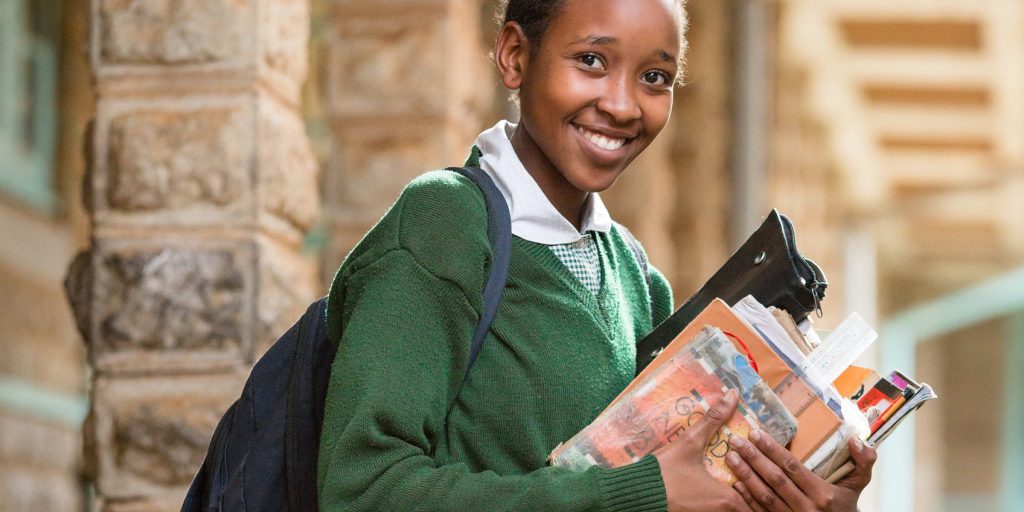
Namibia
Namibia spends an average of 20.7% of its total budget and 7.8% of its gross domestic product (GDP) on education. A 2023 UNESCO report ranked Namibia as Africa’s third-highest spender on education. In the 2023-24 budget, more than US$138 million (N$20.3 billion) was spent on education, equivalent to 27.3% of its budget. According to UNICEF, its per-student expenditure averages US$1405.
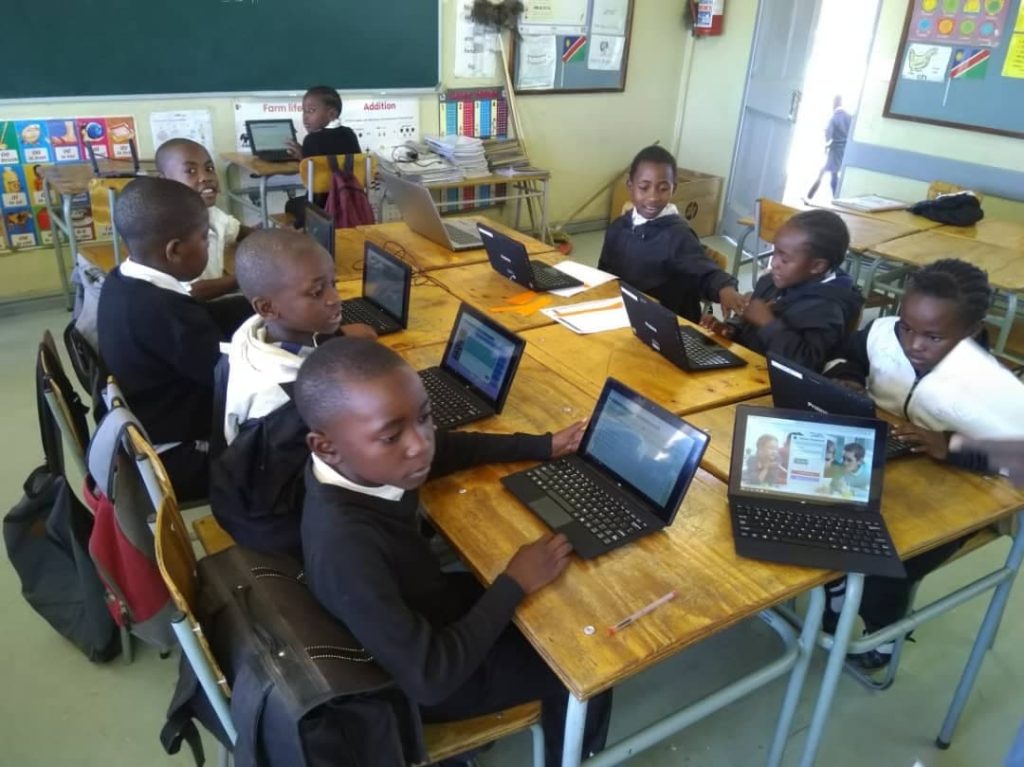
Botswana
Botswana’s government allocates a significant portion of its resources to education, spending around 7.1% of its GDP or 22.2% of its national budget. UNESCO reports that each student in Botswana is funded at approximately US$1,000. This substantial investment is yielding results. A study by Bscholarly.com, in which the World Education Forum assessed 140 countries, ranked Botswana 92nd overall, with a literacy rate of 88%.
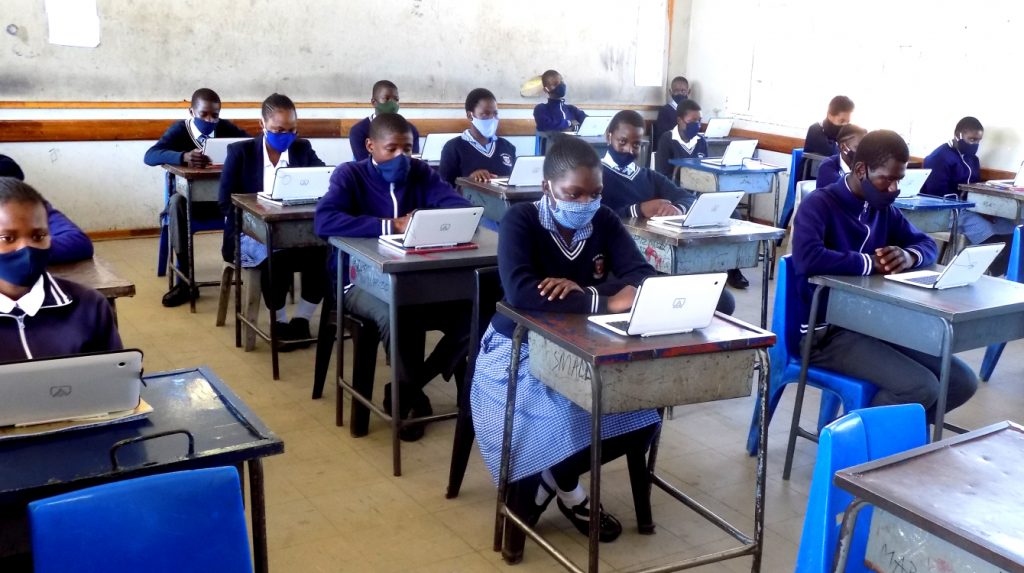
Eswatini
Eswatini is also one of the biggest spenders in education, dedicating nearly 20% of its budget to funding the sector. Unesco estimates per-student spending to be US$1000. In the 2023-24 financial year, budget proposals submitted to the country’s legislature allocated US $3.6 million (E65 million) to the sector.
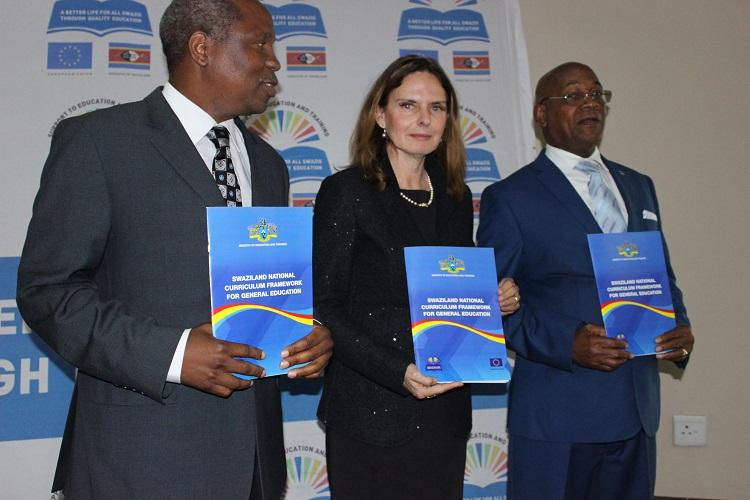
South Africa
South Africa’s education spending 2022 accounted for 19.75% of the national budget, reflecting a 1.26% increase from 2021. In the 2023/24 budget, the country is set to invest over US$17 billion (R313.7 billion) in consolidated primary education, amounting to approximately US$1,300 (R23,105) per learner annually.
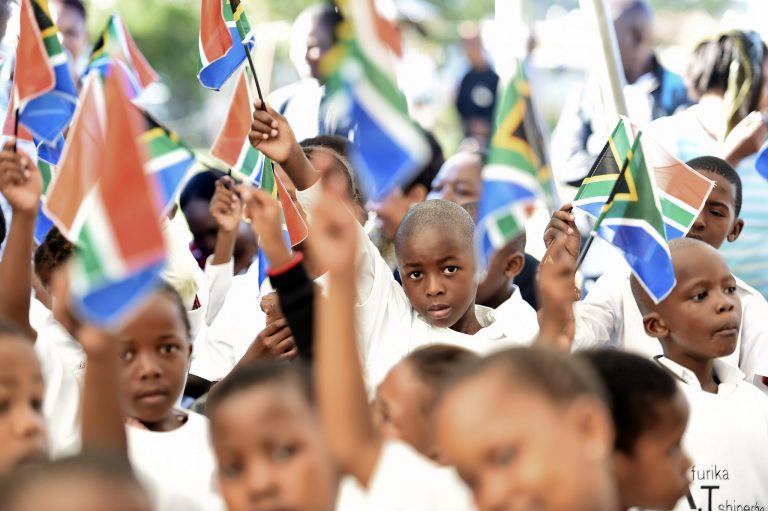
Burundi
Education budget allocations have skyrocketed from around US$84 million (BIF 243.1 billion) in 2016 to over US$1.7 billion (BIF 499.1 billion) for 2023/2024. According to UNICEF, per-student expenditure currently averages over US$1,750 per year, with the allocation to education as a share of the budget averaging 19%.
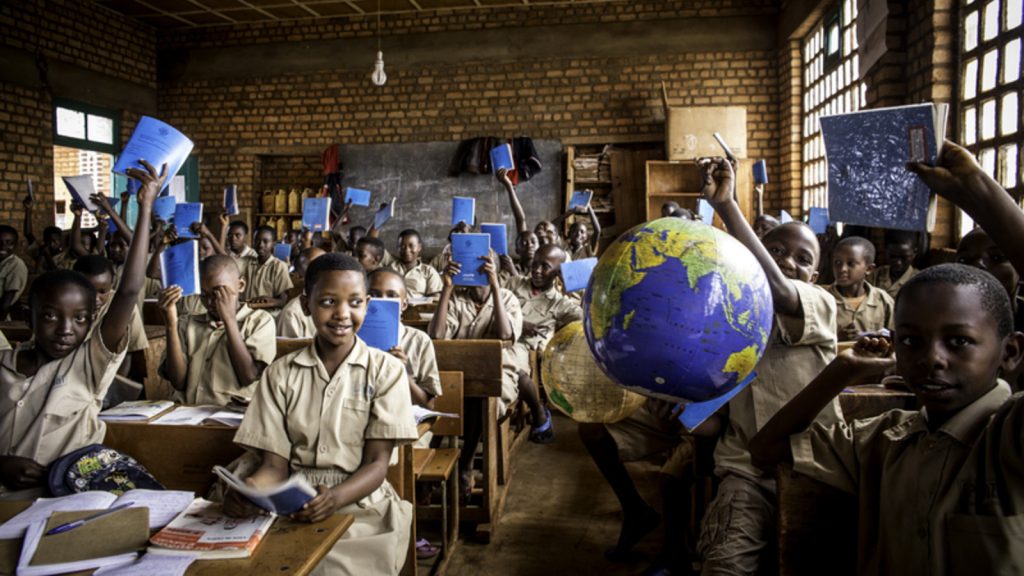
Lesotho
According to the World Bank, Lesotho’s education spending ranks among the highest globally as a percentage of GDP. By 2021, the amount was 18.4% of GDP, equating to over US$57 million in annual education investment. According to UNICEF, per-student spending averages close to US $1000 annually.
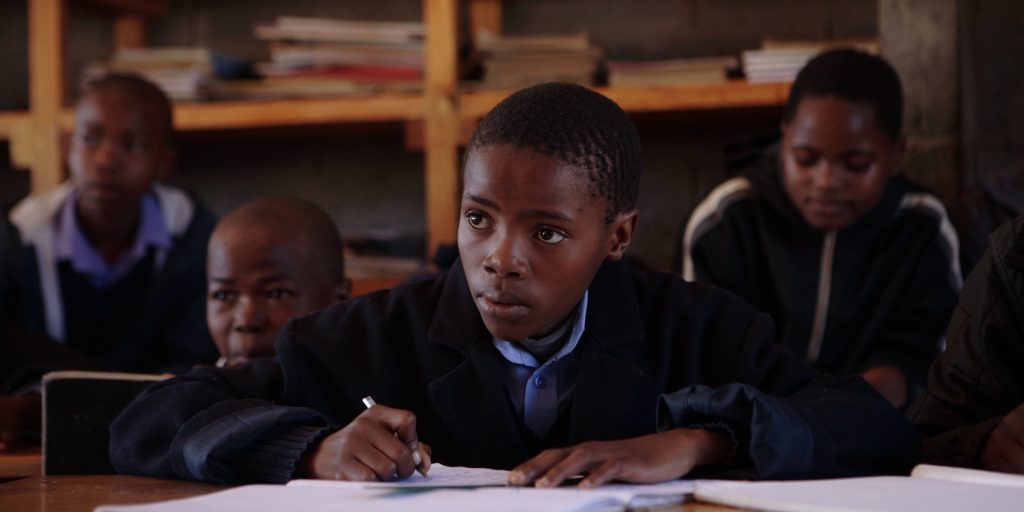
Rwanda
In Rwanda, the education sector will cost more than US$600 million (Rwandan francs 792.7 billion) in the 2024/25 budget, accounting for 14% of the total budget of US$4,240 million (5,690 billion RWF) for the 2024-2025 fiscal year. Unicef estimates per-student spending in Rwanda to be almost US$1000 per year.
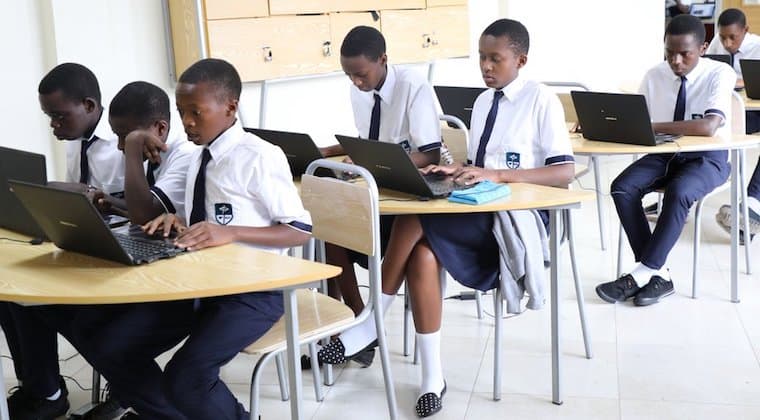
Mozambique
According to UNICEF, Mozambique has the highest per-student expenditure on education in Africa, with an estimated investment of around US$1,500 per student. For 2024, the Mozambican government allocated over US$886 million (€800 million) to education, representing 12.1% of the national budget.
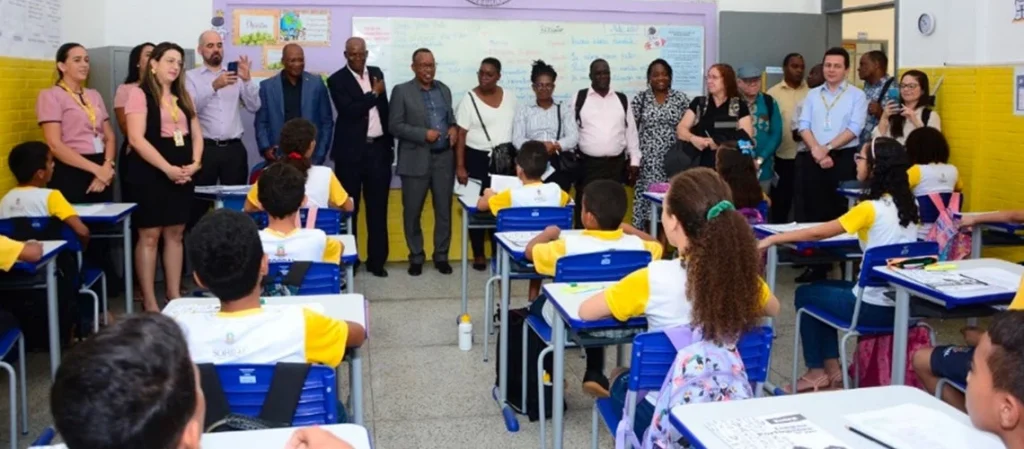
Madagascar
Madagascar’s population of 29.6 million includes 14.4 million children under 18 and 20.9 million youths under 30. According to UNICEF, the country invests nearly US$2,000 per student annually. However, the education budget share dropped from 22% in 2014 to 12% as of 2021, falling well short of the targeted 20% national budget.

Special mention:
Mauritius
According to the World Economic Forum, Mauritius is ranked among the top-quality education providers in Africa. In the 2024/25 budget, more than US$455 million, or 10% of the total national budget, was allocated to the sector.
Credit: Bonface Orucho, Bird Story Agency


